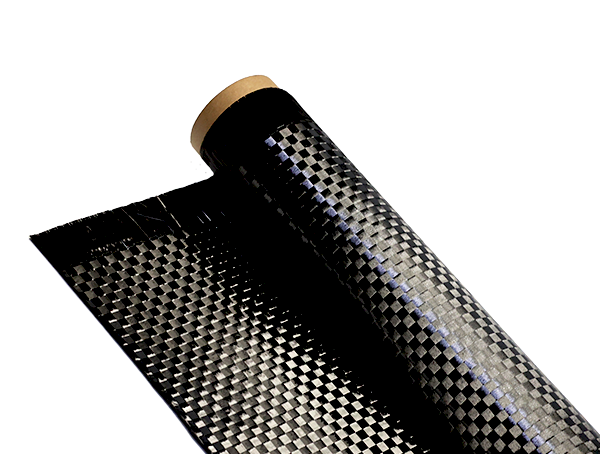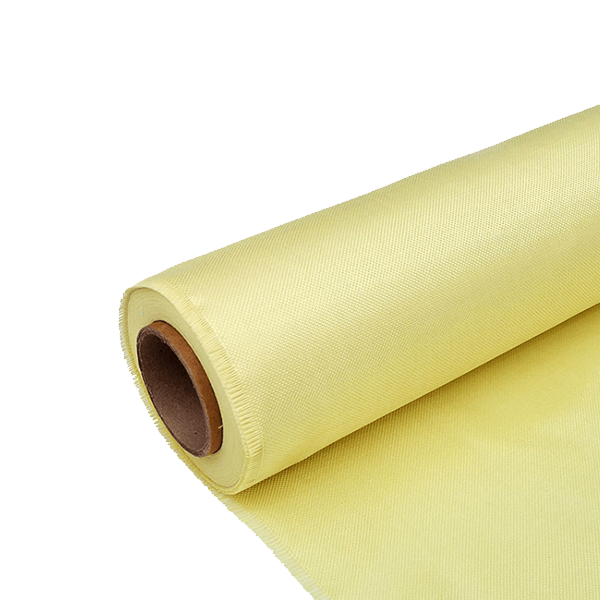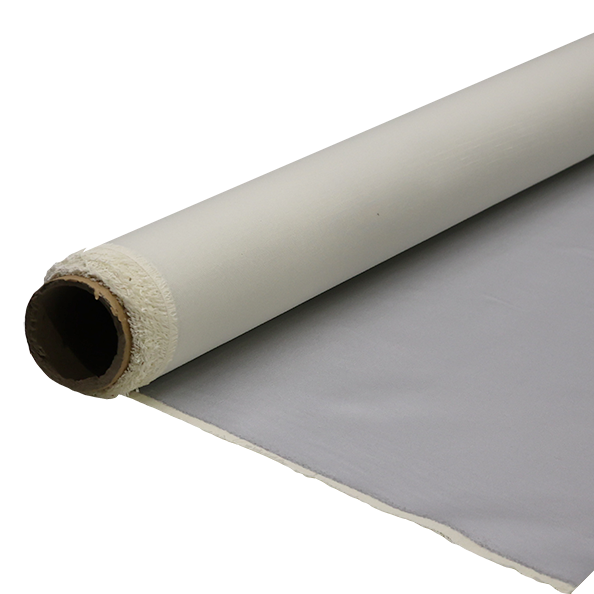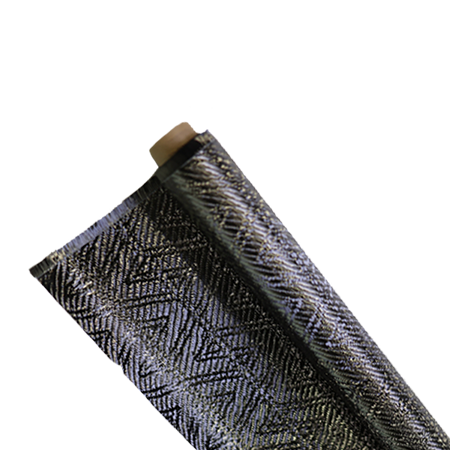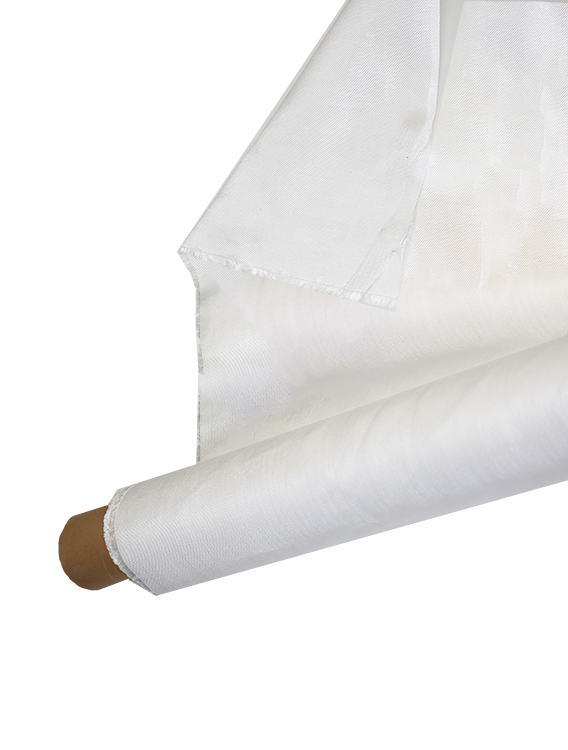El lay-up manual disminuye a medida que la automatización gana popularidad
-
Tabla de contenido
“Manual Layup Declines: Embracing Automation for a Smarter Future.”
The manual layup process, a traditional method in composite manufacturing, has seen a significant decline in recent years as automation technologies gain traction across various industries. This shift is driven by the need for increased efficiency, precision, and cost-effectiveness in production. As automated systems and advanced robotics become more accessible, manufacturers are increasingly adopting these innovations to streamline operations, reduce labor costs, and enhance product quality. Consequently, the reliance on manual layup techniques is diminishing, prompting a transformation in the workforce and production methodologies within the composite materials sector.
Impact of Automation on Manual Layup Techniques
The impact of automation on manual layup techniques has been profound, reshaping the landscape of composite manufacturing. As industries increasingly seek efficiency and precision, the traditional methods of manual layup are gradually being overshadowed by automated processes. This shift is not merely a trend; it represents a fundamental change in how composite materials are handled, processed, and utilized across various sectors, including aerospace, automotive, and marine industries.
To begin with, the manual layup process, which involves the painstaking application of composite materials by skilled technicians, has long been valued for its flexibility and the level of craftsmanship it allows. However, this method is inherently labor-intensive and time-consuming, often leading to inconsistencies in quality and production rates. As demand for high-performance composites has surged, manufacturers have recognized the limitations of manual techniques. Consequently, they have turned to automation as a viable solution to enhance productivity and ensure uniformity in their products.
One of the most significant advantages of automation in layup processes is the ability to achieve higher precision. Automated systems, such as robotic arms and advanced machinery, can consistently apply materials with exacting accuracy, reducing the likelihood of human error. This precision is particularly crucial in industries like aerospace, where even minor discrepancies can have serious implications for safety and performance. By minimizing variability, automation not only improves the quality of the final product but also streamlines the overall production process.
Moreover, the integration of automation into layup techniques has led to substantial reductions in production time. Automated systems can operate continuously, significantly increasing throughput compared to manual methods. This efficiency is particularly beneficial in high-demand environments where rapid turnaround times are essential. As a result, manufacturers can meet tight deadlines and respond more effectively to market fluctuations, thereby gaining a competitive edge.
In addition to enhancing efficiency and precision, automation also addresses the challenges associated with labor shortages in skilled trades. The composite manufacturing sector has faced difficulties in finding and retaining skilled workers capable of performing manual layup techniques. By adopting automated solutions, companies can mitigate the impact of labor shortages, as machines can perform repetitive tasks without the need for extensive training. This shift not only alleviates the pressure on human resources but also allows skilled workers to focus on more complex and value-added activities, such as design and quality control.
However, it is essential to acknowledge that the transition from manual to automated layup techniques is not without its challenges. Initial investments in automation technology can be substantial, and companies must carefully evaluate the return on investment. Additionally, there may be a learning curve associated with integrating new systems into existing workflows. Nevertheless, the long-term benefits often outweigh these initial hurdles, as companies that embrace automation are better positioned to adapt to evolving market demands.
In conclusion, the impact of automation on manual layup techniques is reshaping the composite manufacturing landscape. By enhancing precision, increasing efficiency, and addressing labor shortages, automation is proving to be a transformative force in the industry. While challenges remain in the transition process, the advantages of adopting automated solutions are clear. As manufacturers continue to innovate and invest in technology, the future of composite layup will likely be characterized by a harmonious blend of automation and skilled craftsmanship, ultimately leading to superior products and enhanced competitiveness in the global market.
The Shift from Manual Layup to Automated Processes
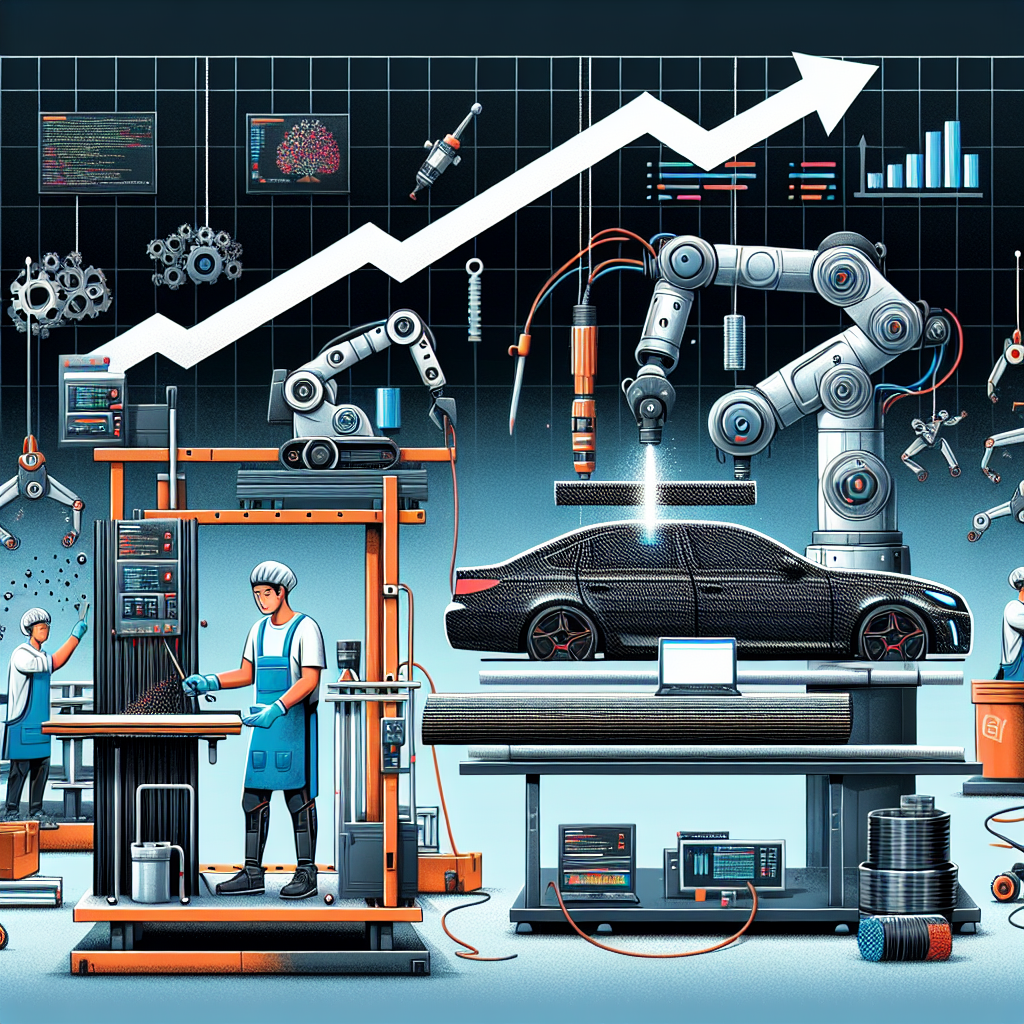
The manufacturing landscape has undergone significant transformations in recent years, particularly in the realm of composite materials. One of the most notable shifts has been the transition from manual layup processes to automated systems. This evolution is driven by a confluence of factors, including the demand for higher precision, increased production rates, and the need for cost efficiency. As industries such as aerospace, automotive, and marine continue to expand, the limitations of manual layup techniques have become increasingly apparent, prompting manufacturers to explore automation as a viable alternative.
Manual layup, a traditional method where workers meticulously place layers of composite materials by hand, has long been valued for its flexibility and craftsmanship. However, this approach is inherently labor-intensive and time-consuming, often resulting in variability in quality and performance. As production demands escalate, the reliance on manual processes has proven to be a bottleneck, hindering the ability to meet tight deadlines and scale operations effectively. Consequently, manufacturers are recognizing that automation can alleviate these challenges by streamlining workflows and enhancing consistency.
The advent of automated layup systems has revolutionized the way composites are produced. These systems utilize advanced robotics and computer numerical control (CNC) technology to precisely position and consolidate composite materials. By employing automation, manufacturers can achieve a level of accuracy that is difficult to replicate through manual methods. This precision not only improves the structural integrity of the final product but also minimizes material waste, contributing to more sustainable manufacturing practices. Furthermore, automated processes can operate continuously, significantly increasing throughput and allowing companies to respond more swiftly to market demands.
In addition to improving efficiency and quality, automation also addresses the growing concern of labor shortages in skilled manufacturing roles. As the workforce ages and fewer young workers enter the field, companies face challenges in finding qualified personnel to perform manual layup tasks. By investing in automated systems, manufacturers can mitigate the impact of labor shortages while reallocating human resources to more strategic roles that require critical thinking and problem-solving skills. This shift not only enhances productivity but also fosters a more innovative work environment.
Moreover, the integration of automation in layup processes aligns with the broader trend of digital transformation across industries. The use of data analytics and machine learning in automated systems allows for real-time monitoring and optimization of production processes. This capability enables manufacturers to identify inefficiencies and make informed decisions that enhance overall operational performance. As a result, companies that embrace automation are better positioned to adapt to changing market conditions and maintain a competitive edge.
Despite the clear advantages of automated layup processes, it is essential to acknowledge that the transition is not without its challenges. Initial investments in technology and training can be substantial, and there may be resistance from workers accustomed to traditional methods. However, as the benefits of automation become increasingly evident, many organizations are finding that the long-term gains far outweigh the initial hurdles.
In conclusion, the shift from manual layup to automated processes represents a significant advancement in composite manufacturing. As industries continue to evolve, the adoption of automation is likely to accelerate, driven by the need for efficiency, quality, and adaptability. By embracing these changes, manufacturers can not only enhance their production capabilities but also pave the way for a more sustainable and innovative future in the realm of composite materials.
Future Trends in Composite Manufacturing: Automation vs. Manual Layup
The landscape of composite manufacturing is undergoing a significant transformation as the industry increasingly shifts from traditional manual layup techniques to more advanced automated processes. This evolution is driven by a combination of factors, including the demand for higher production rates, improved quality control, and the need for cost efficiency. As manufacturers seek to enhance their competitive edge, the adoption of automation technologies is becoming not just a trend but a necessity.
Historically, manual layup has been the cornerstone of composite manufacturing, particularly in industries such as aerospace and automotive, where precision and customization are paramount. Skilled technicians have long relied on their expertise to layer materials by hand, ensuring that each component meets stringent specifications. However, this method is inherently labor-intensive and time-consuming, often leading to variability in product quality and longer lead times. As the market for composite materials continues to expand, the limitations of manual layup are becoming increasingly apparent.
In contrast, automated layup systems offer a range of advantages that are difficult to overlook. These systems utilize advanced robotics and computer-controlled machinery to streamline the manufacturing process, significantly reducing the time required to produce complex composite structures. By minimizing human intervention, automation not only enhances consistency and precision but also mitigates the risk of errors that can arise from manual handling. Consequently, manufacturers are finding that automated processes can lead to higher yields and lower scrap rates, ultimately contributing to improved profitability.
Moreover, the integration of automation in composite manufacturing aligns with broader industry trends toward digitalization and smart manufacturing. Technologies such as artificial intelligence and machine learning are being employed to optimize production schedules, monitor equipment performance, and predict maintenance needs. This data-driven approach allows manufacturers to make informed decisions that enhance operational efficiency and reduce downtime. As a result, companies that embrace automation are better positioned to respond to market demands and adapt to changing customer preferences.
Despite the clear advantages of automation, it is essential to acknowledge the challenges associated with this transition. The initial investment in automated systems can be substantial, and companies must carefully evaluate the return on investment. Additionally, there is a growing concern about the potential displacement of skilled labor as automation becomes more prevalent. However, rather than viewing automation as a threat, many industry leaders are recognizing the opportunity to upskill their workforce. By providing training in advanced technologies, companies can ensure that their employees remain valuable assets in an increasingly automated environment.
Looking ahead, the future of composite manufacturing appears to be firmly rooted in automation. As technological advancements continue to emerge, the capabilities of automated systems will only improve, further enhancing their appeal. The ongoing development of new materials and processes will also play a crucial role in shaping the industry. For instance, innovations in additive manufacturing and hybrid composite materials may lead to entirely new applications and production methods that leverage the strengths of both automation and manual techniques.
In conclusion, while manual layup has served the composite manufacturing industry well for decades, the rise of automation is reshaping the landscape in profound ways. As manufacturers strive for greater efficiency, quality, and adaptability, the shift toward automated processes is not merely a trend but a fundamental change that will define the future of the industry. Embracing this evolution will be essential for companies aiming to thrive in an increasingly competitive market.
Preguntas y respuestas
1. **Question:** What is the primary reason for the decline in manual layup processes in manufacturing?
**Answer:** The primary reason for the decline in manual layup processes is the increasing adoption of automation technologies, which enhance efficiency, precision, and reduce labor costs.
2. **Question:** How does automation impact the quality of products compared to manual layup methods?
**Answer:** Automation typically improves product quality by ensuring consistent application of materials and reducing human error, leading to more uniform and reliable outcomes.
3. **Question:** What industries are most affected by the shift from manual layup to automated processes?
**Answer:** Industries such as aerospace, automotive, and composite manufacturing are most affected, as they increasingly rely on automation to meet high production standards and reduce cycle times.The decline of manual layup processes in composite manufacturing is largely attributed to the increasing adoption of automation technologies. As automated systems enhance efficiency, precision, and repeatability, manufacturers are shifting away from labor-intensive methods. This transition not only reduces production costs and cycle times but also minimizes human error, leading to higher quality outputs. Consequently, while manual layup techniques may still hold niche applications, the trend towards automation is reshaping the industry landscape, driving innovation and competitiveness in composite fabrication.

